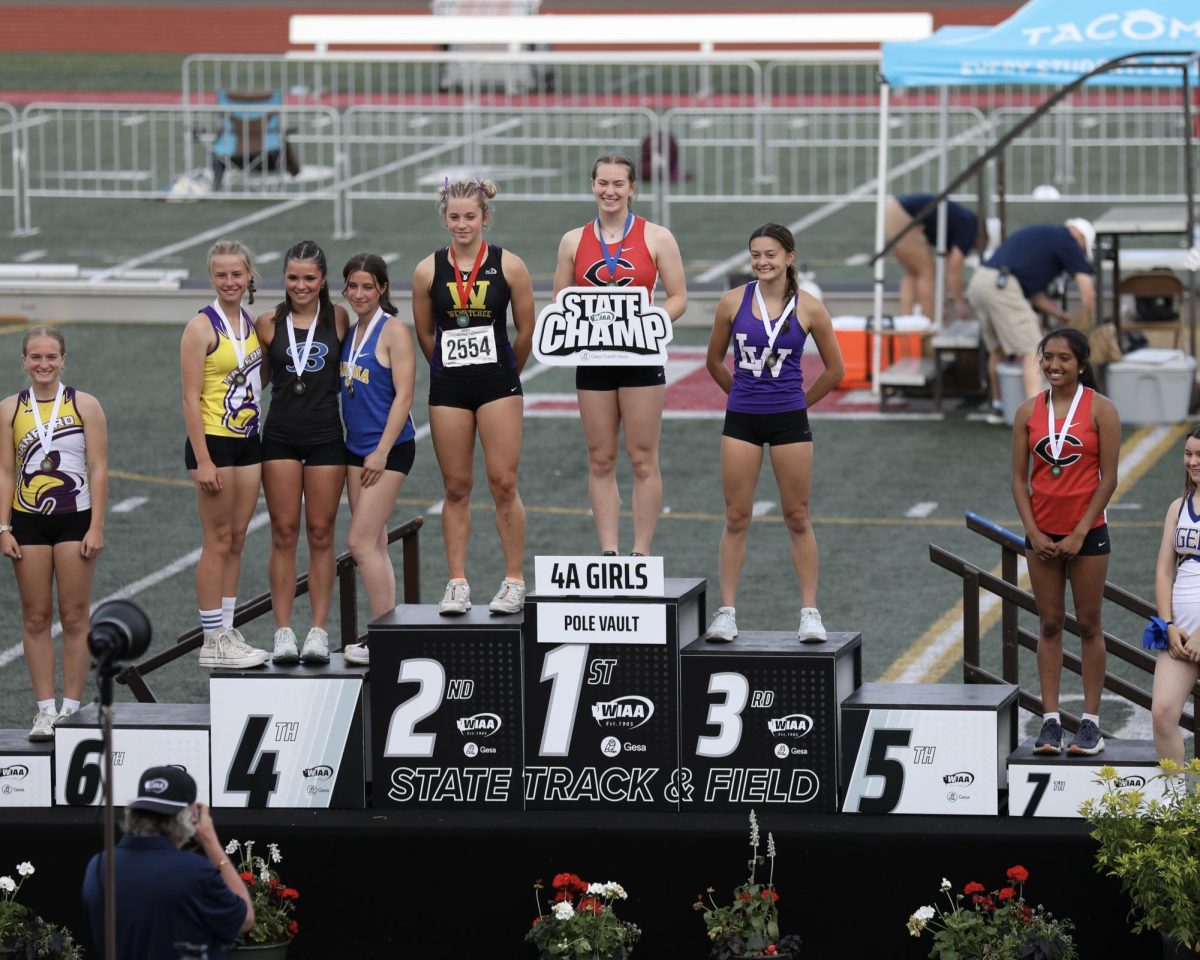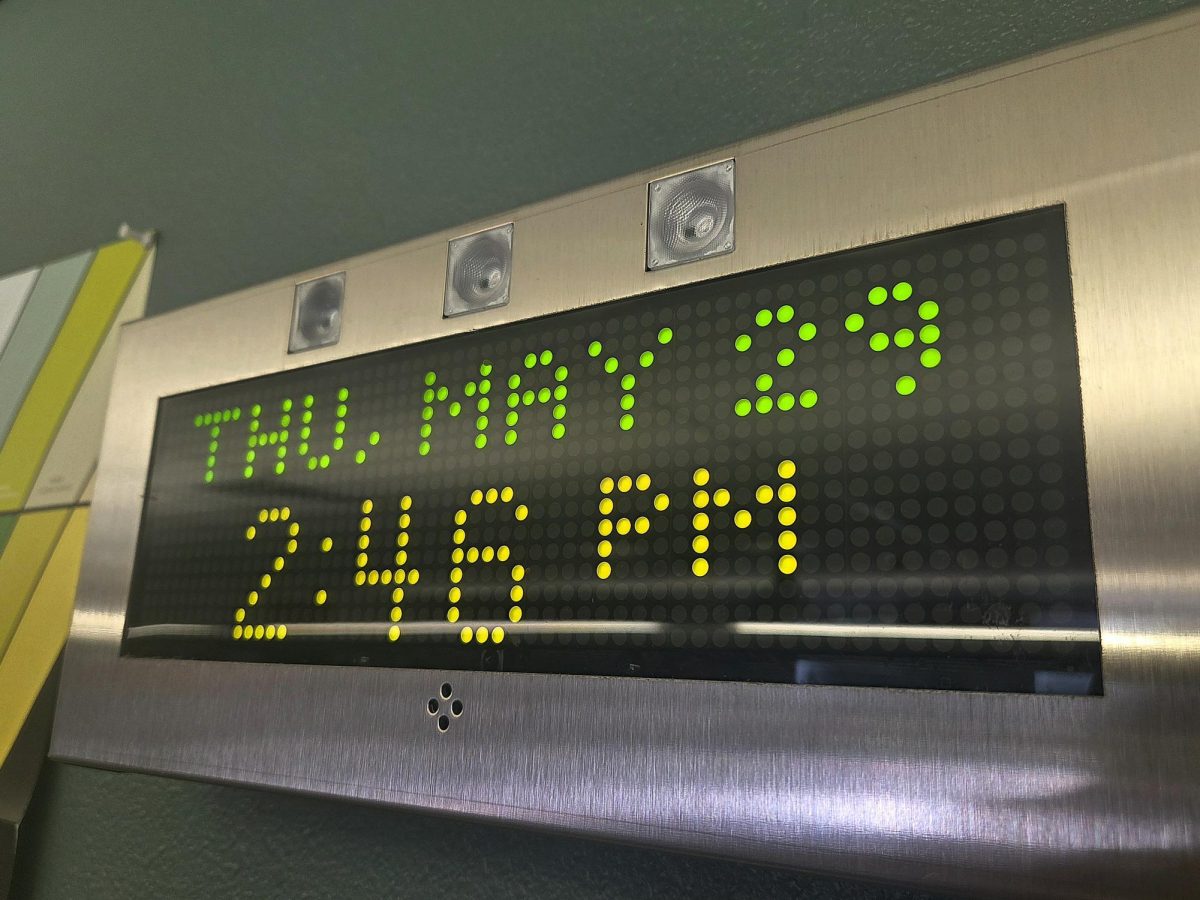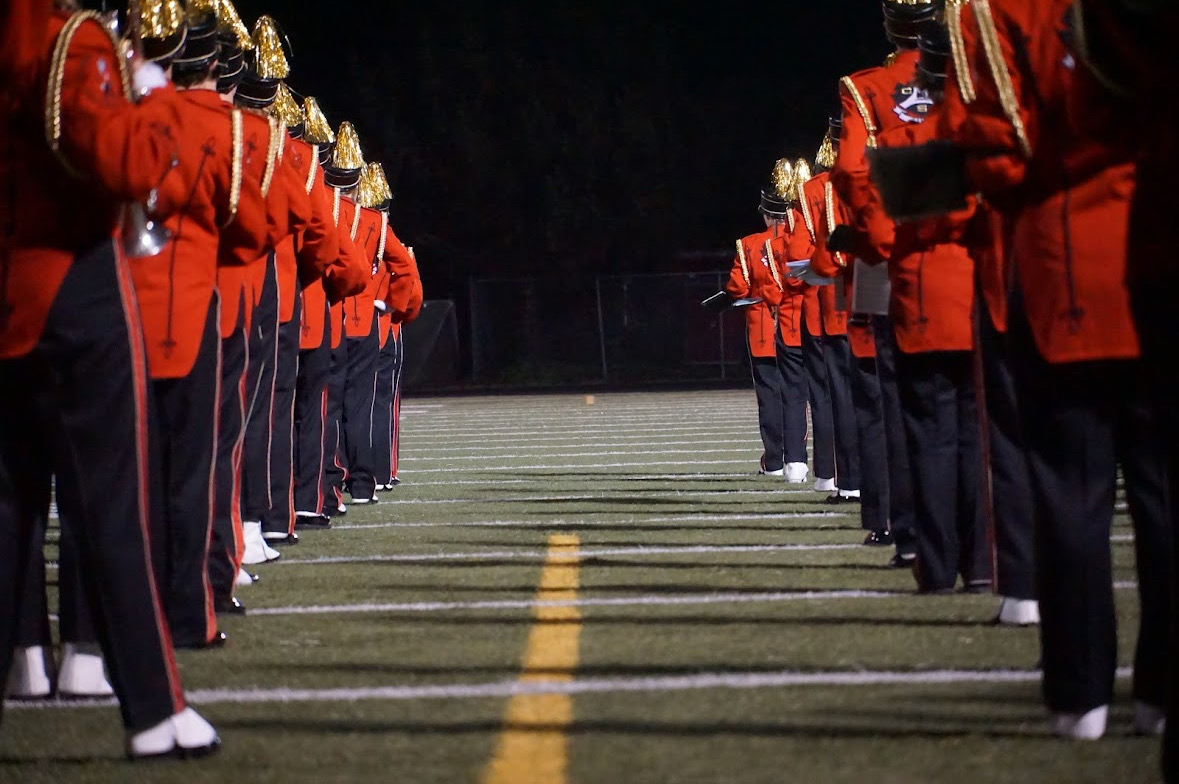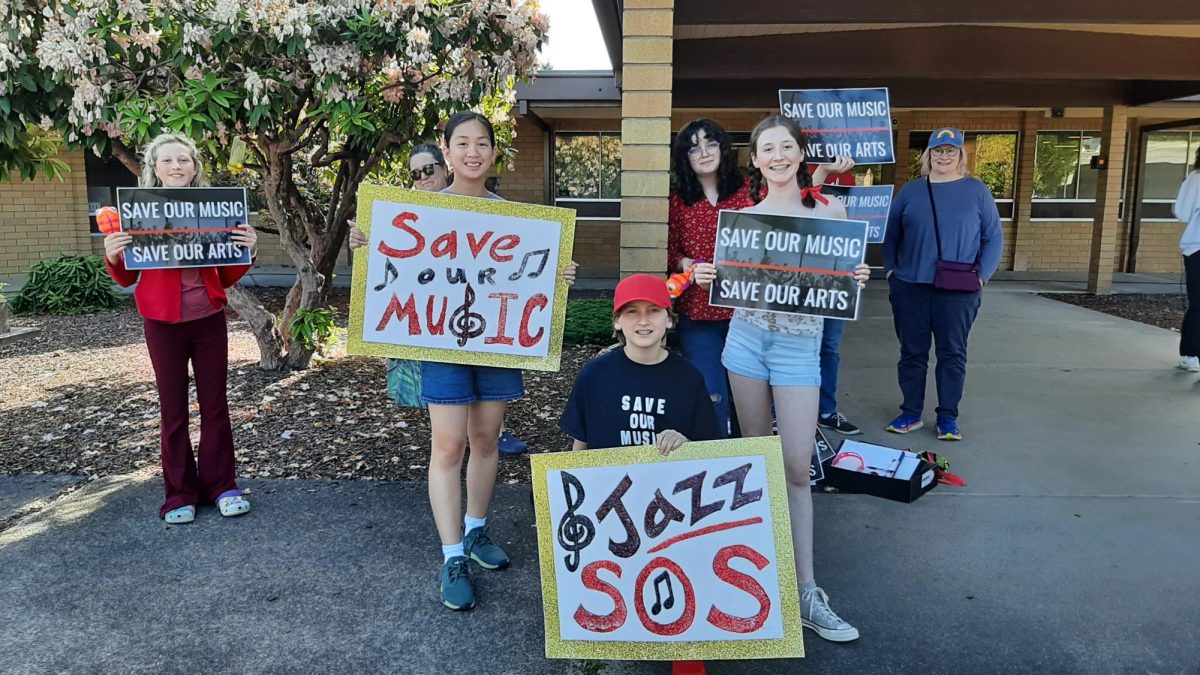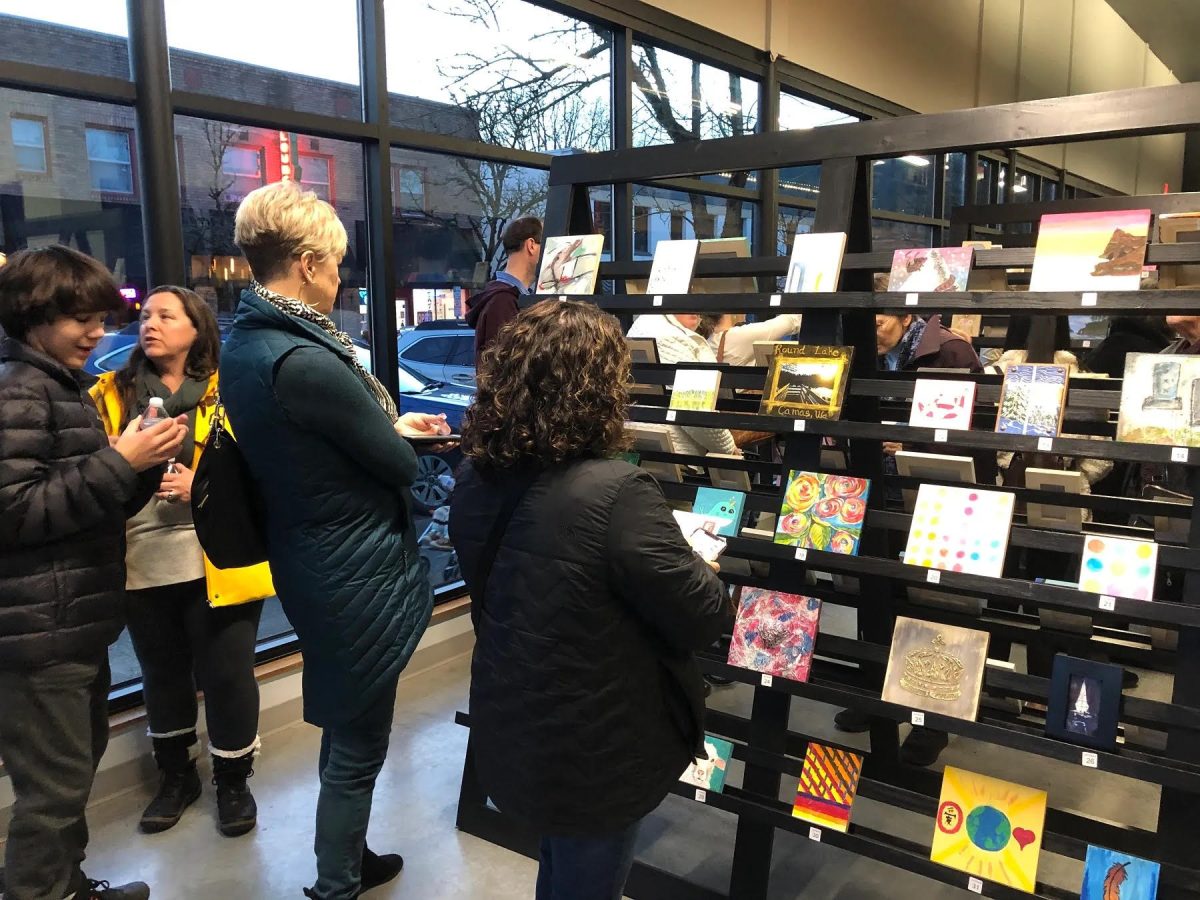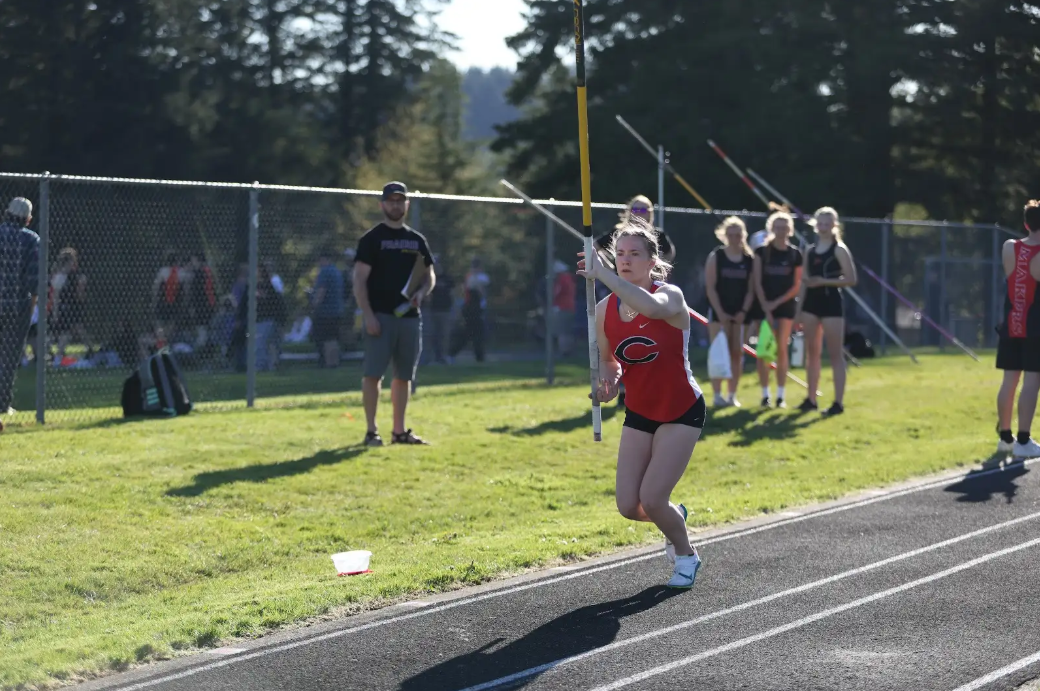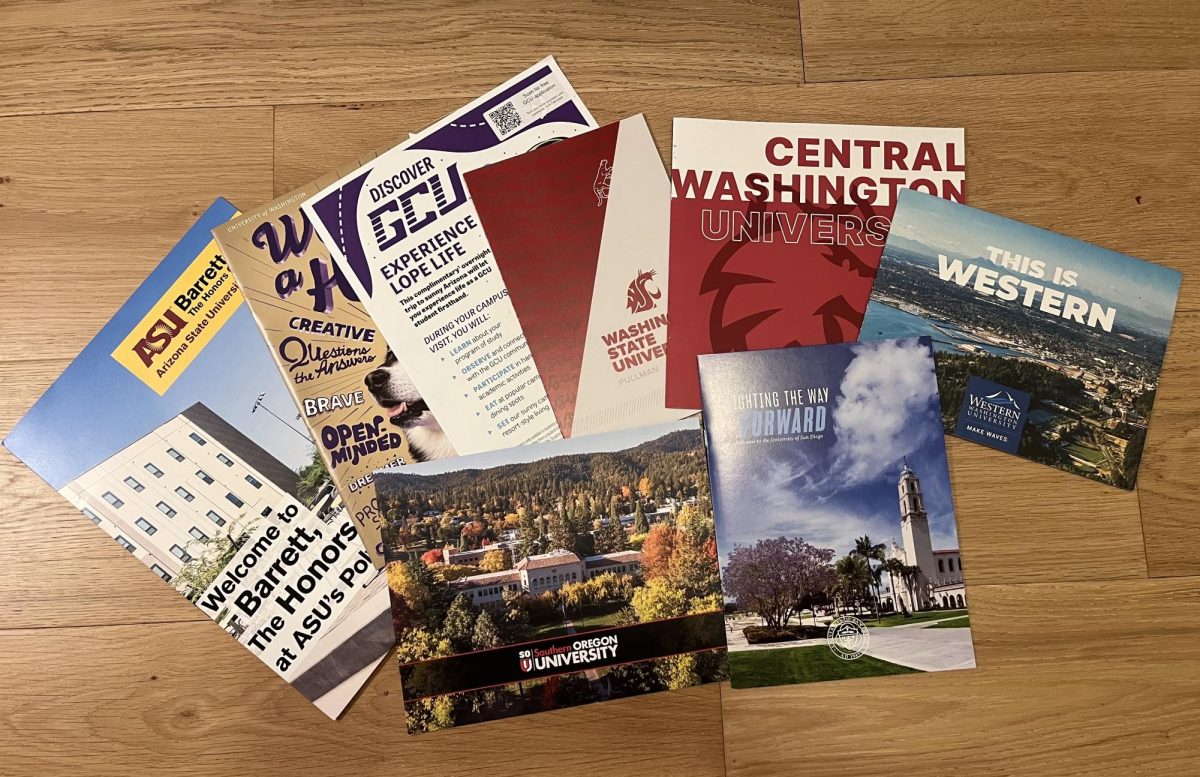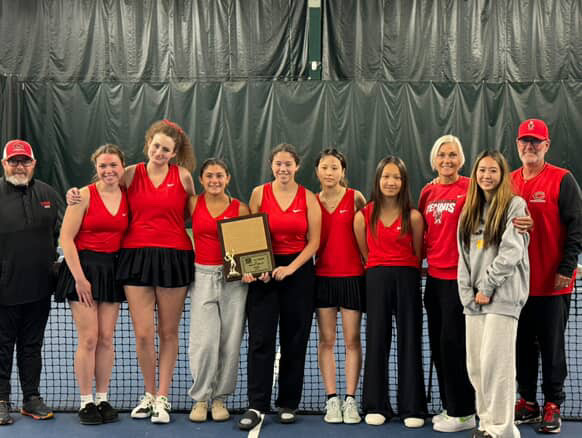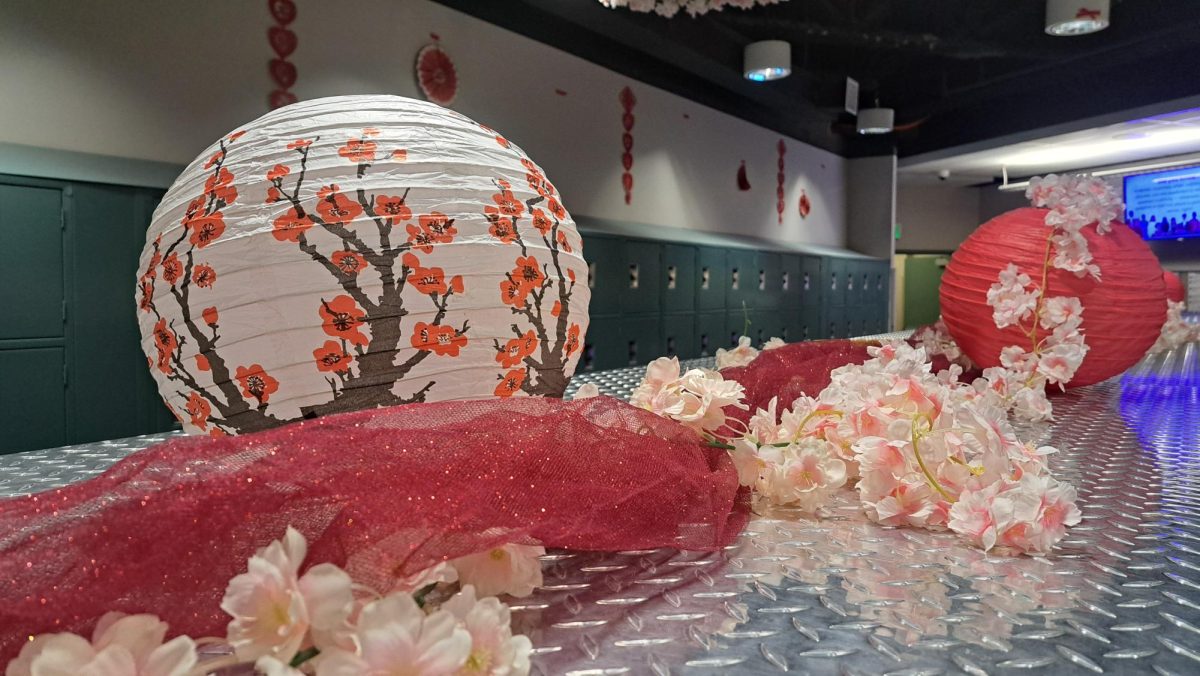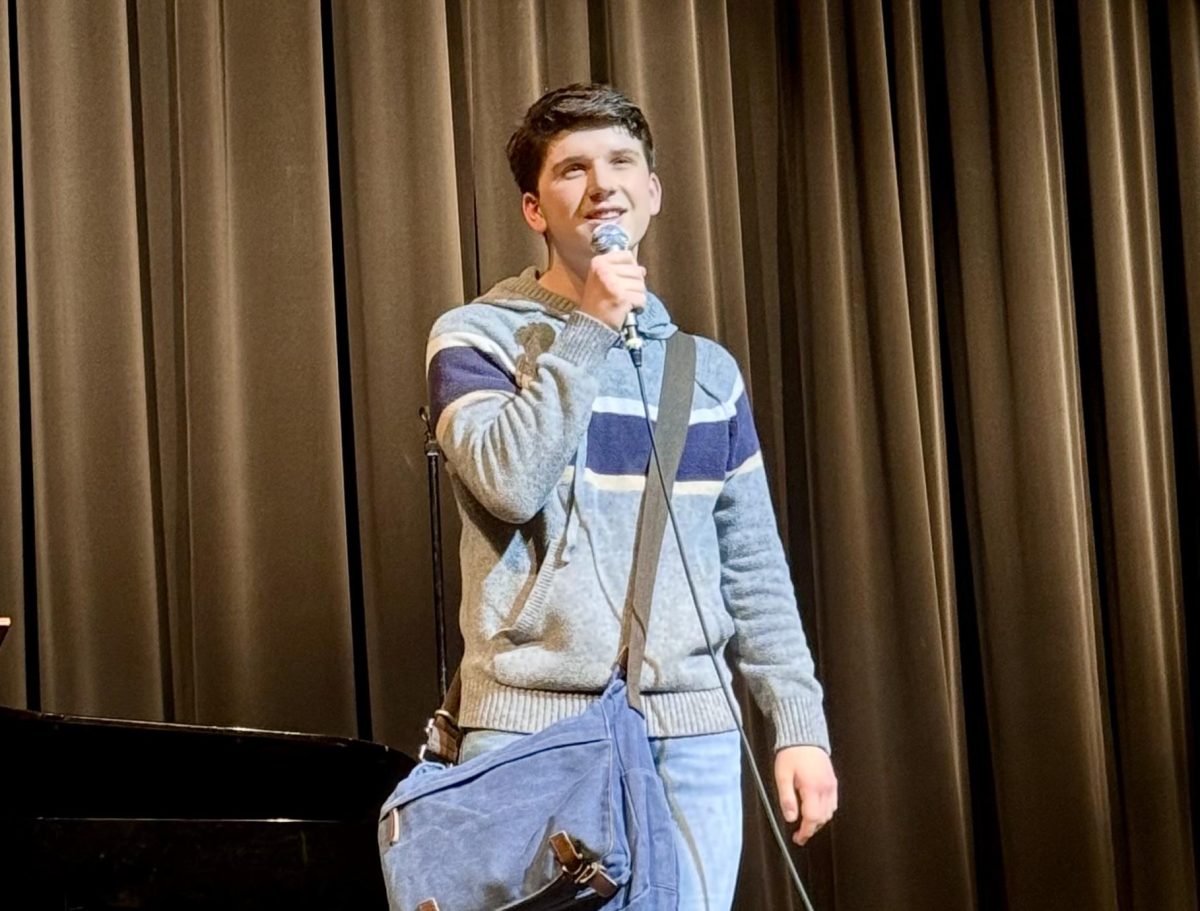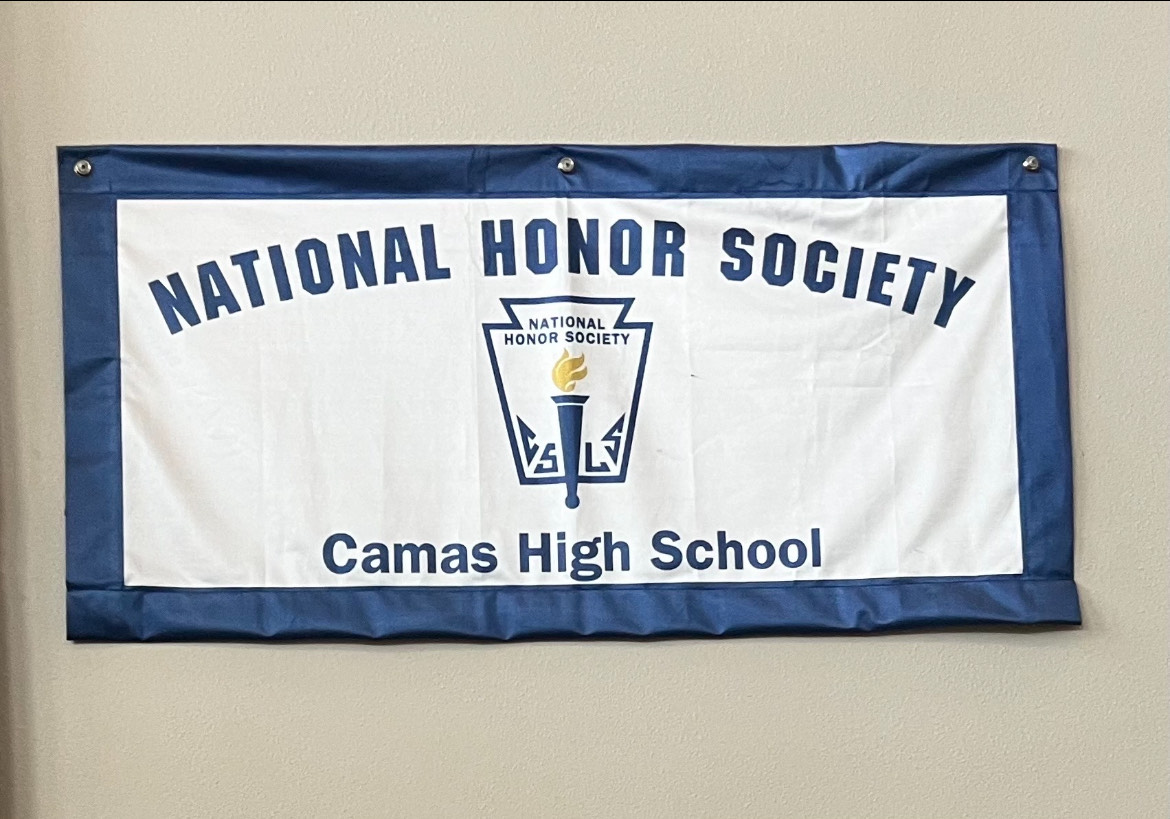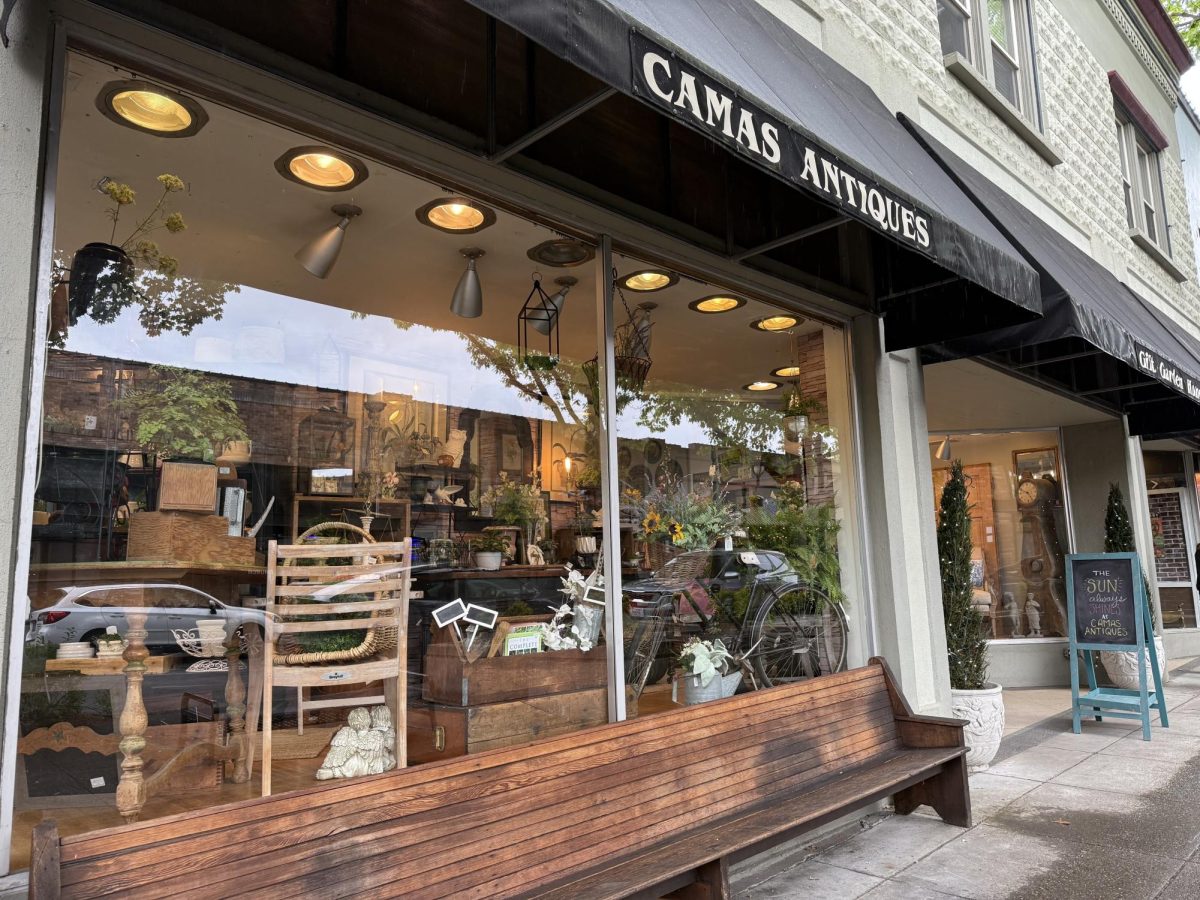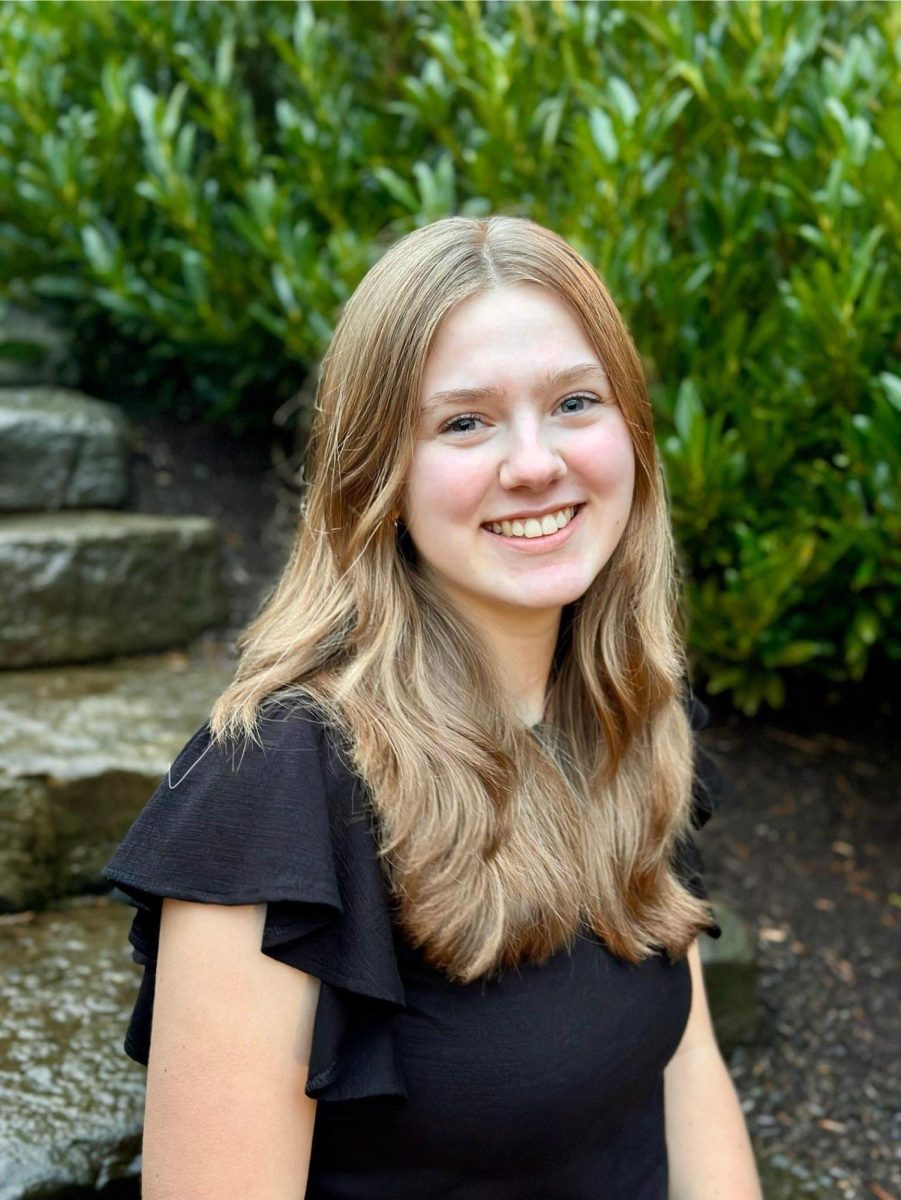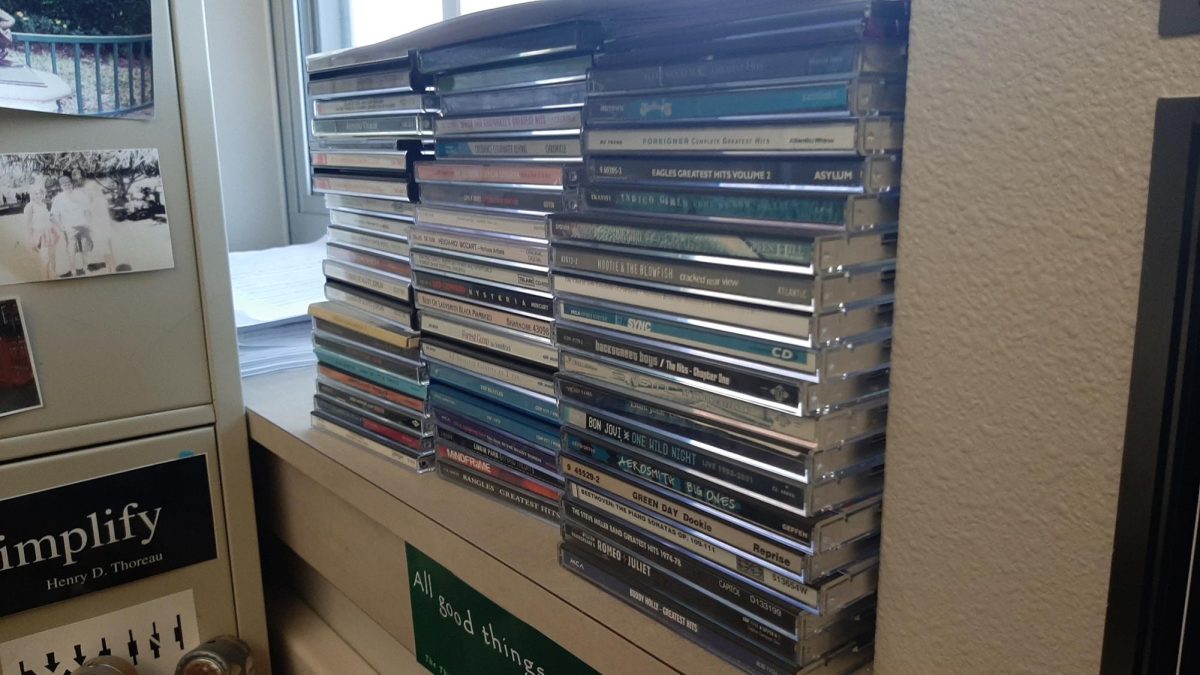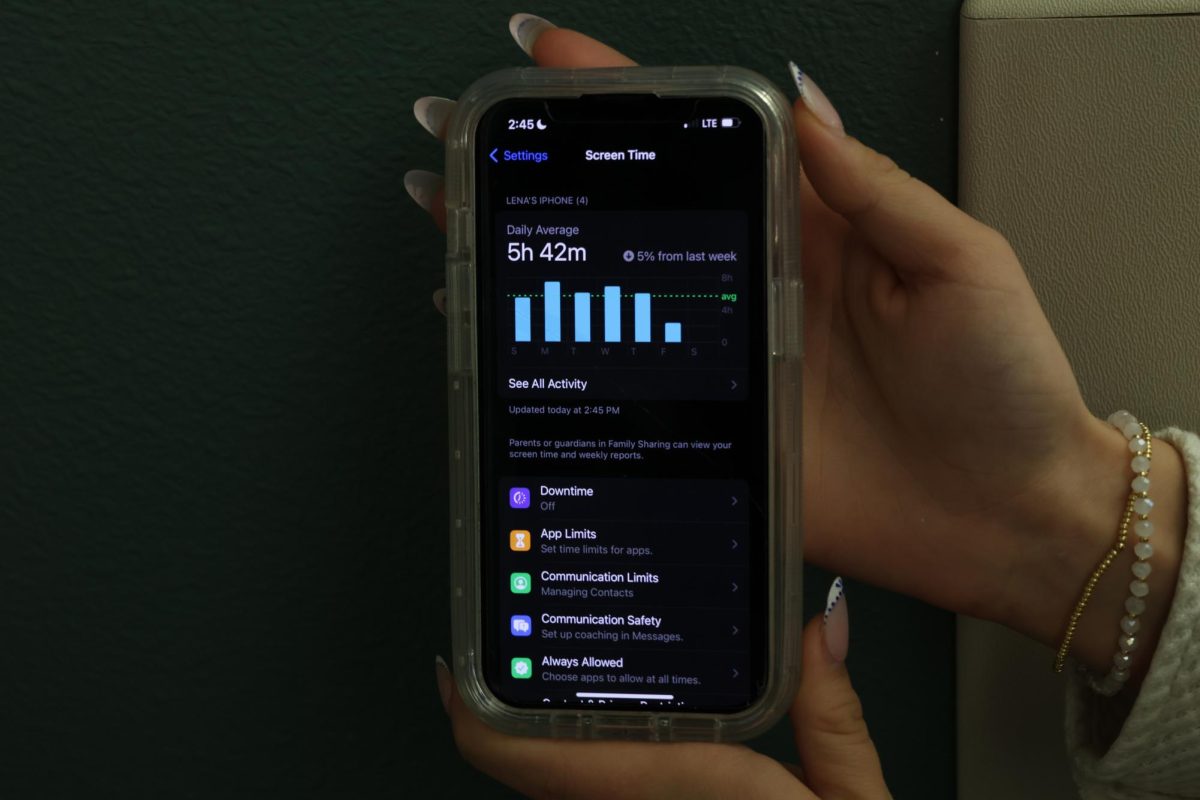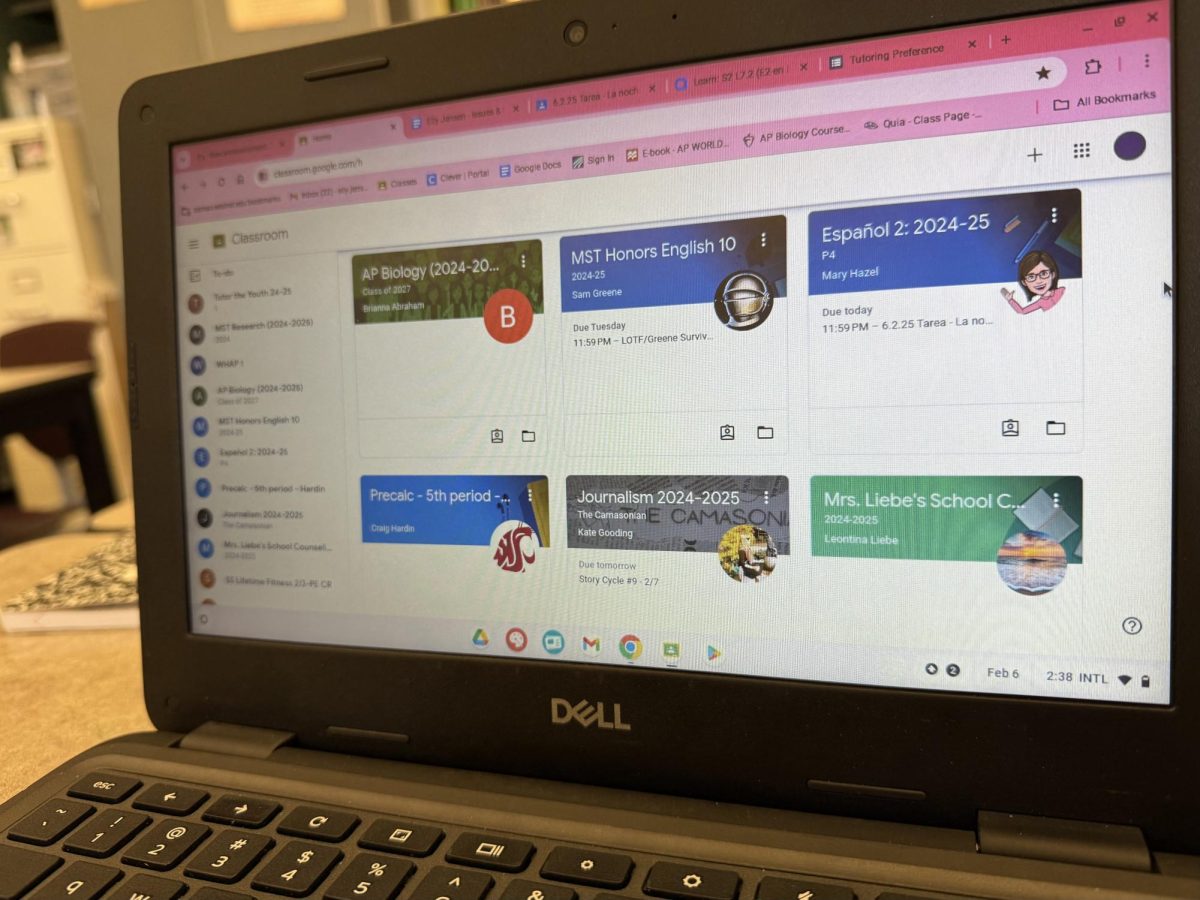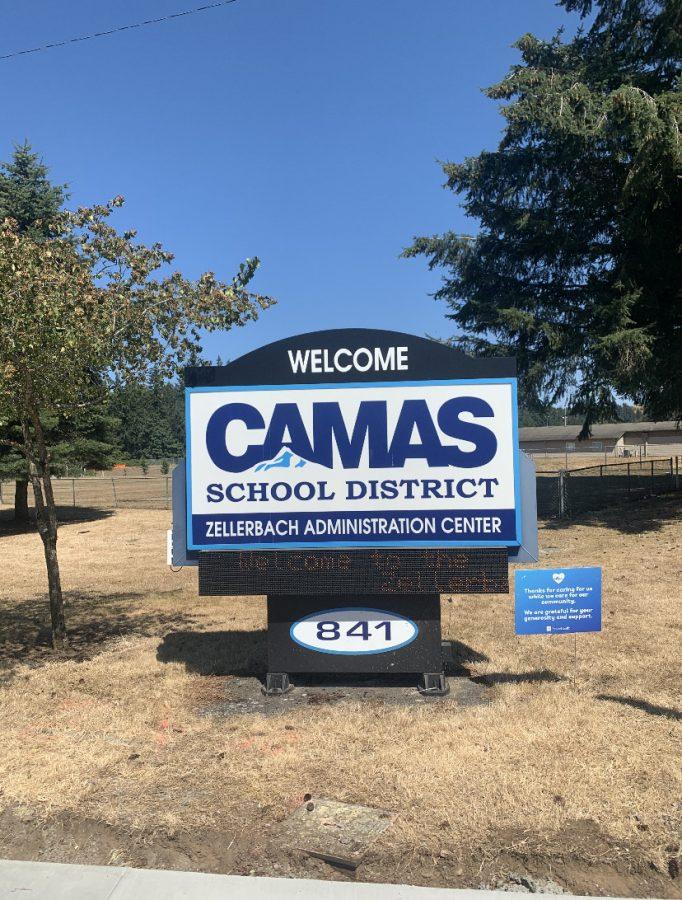Students and families in the Camas School District have known the 2020-2021 school year will start remotely since CSD Superintendent Dr. Jeff Snell made the announcement on July 29th. But much still remains unknown about how the upcoming school year will play out thanks to the coronavirus pandemic. One thing everyone knows for sure: it is going to be a wild ride.

CHS Principal Tom Morris did release the remote master schedule: required days of synchronous and asynchronous classes every weekday, a big difference from the not-really-required class meetings students experienced in the spring.
But nobody knows when students and staff will return to the building. Snell and other superintendents around Clark County have been monitoring the rates of COVID-19, seeking advice from respected and well-trained medical professionals like Dr. Alan Melnick, the Clark County Health Officer.
After much planning and consideration of all possible scenarios, the group of superintendents came to a decision to resume online-only learning with all school districts in the county.
Snell said, “Early on, our plan going into the summer was to try to have a hybrid model for secondary and all elementary on campus. We followed the guidelines and looked at our capacity and the number of students. Elementary present opportunities that secondary didn’t… But then our rates started to not trend in a good direction.”
Remote learning is not ideal for most staff and students, and last spring presented a lot of challenges.
Incoming Junior Madison Davidson said, “Trying to learn through videos and not actively asking questions is hard. If they’re going to do online schooling again they really need to change it. It’s not effective, but for the amount of time they had to set it up it was decent enough.”
Tyler Madrid, also an incoming junior, said, “The way that they pushed out information to us was never very clear, and it always seemed to just randomly come out, confusing me and my friends on what the situation of the school and learning was.”
Madrid is optimistic about starting this year online though. “I feel that now that we have had some time to gather our bearings, it should be more organized and easier on some students but it will still be a tough transition for us to go through,” he said.
Incoming ninth-grader Sherman Bynum vouched for the idea that starting remotely is a good thing for public health. He said, “After seeing all the rising cases in the U.S., and new symptoms for COVID meaning though still unlikely, it can be lethal for kids and families, I think it isn’t such a bad thing. If it helps cases go down, I guess it’s for the better.”
In order to get students back on campus, there are several non-negotiable things that everyone must abide by.
Snell said, “In the reopening guidelines there’s a lot of language like we have to wear masks, we have to social distance. When they say social distancing you know in the halls of Camas High or if you think about a kindergarten classroom, students aren’t always going to stay six feet apart. The guidelines recognize that, and you have to make sure that you can keep people six feet apart.” Snell added, “We went through and looked at the square footage of all our classrooms and drew little circles of six feet to see how many kids can be fit in that. Then we would go to and walk the classrooms and look at the furniture.”

After much consideration, Snell and other superintendents decided it would be too difficult to bring students back on campus for the fall. If students were to return to campus sometime this year, a system of screening and contact tracing will have to be created.
“We have to have a screening process for how we’re going to make sure that students are saying they don’t have any symptoms, their parents are saying they don’t have any symptoms. We have to have like a contact tracing or what to do if there’s a reported case process. All those things are pretty spelled out in the reopening plans that are non-negotiable,” Snell said.
Even though the school district’s goal is to have everyone back on campus this year, it will most likely be a hybrid model.
“I think we have to get students back in the classroom. Of course, we have to do it safely, but the longer we go without being in the classroom, the harder it’s going to be when we come back,” Snell said.
Several ideas of how to slowly get students back on campus have been talked about.
“Maybe we would start with small groups of ninth graders to come into the school and at least make a connection so that hopefully their remote learning would be more rich as a result. As we do that, making sure staff are comfortable with how that feels, making sure students and parents are comfortable, and increasing the numbers thoughtfully,” Snell said.
There have also been talks about starting with a quarter of the normal class size and slowly increasing to half capacity.
Snell said, “When we’re in a full hybrid mode, our goal is that we would have at least half the students on campus each day. Wednesday would be a flex day. Cohort A would be Monday, Thursday, Cohort B would be Tuesday, Friday.”
There is also going to be an option for students who do not want to return to in-person learning, even if it is safe to do so. This year, a new program has been started called Camas Connect Academy, which is going to be fully online.
Last spring during the shutdown, the Camas School District also continued to offer services to its students like free meals and WiFi hotspot buses. Snell wishes to continue offering these services to Camas students and families this year.
“WiFi hotspots will continue, and we will have some sort of meal service. We’re going to have to be creative about how we deliver meals. We’re going to be thoughtful about how we get the resources to people that need them.” Snell said. He added, “Now that we’ve done it for a few months, we know where the need is in the community so we’ll really try to be thoughtful about how to get the resources.” There is also talk about creating some spaces at CHS, for example, the North Commons, where families can come in and get access to internet connection. Snell believes that it is a lot to ask somebody to sit in their car for a semester to have access to WiFi.
Teachers and staff also gained valuable experience last year while instructing remotely.

U.S. History Mr. Bronk Williams said, “While I would have loved to have been in a regular classroom with all my students, I did not think distance learning was terrible. It was nice to “see” you guys on the Zoom/Meets screen, and I thought I was still able to cover the important topics.”
Math teacher Mrs. Alisa Wise said, “[The] online learning experience last year was like a firestorm. None of us were prepared for what we were facing, it was unprecedented. We have had snow closures and such, but this…this is nothing you, or I or anyone could imagine. When we left, we thought we would be back in three weeks, much like a long snow closure, but that was not the case. We all went to work learning and working and problem solving, all the while dealing with each of our own emotions. It was quite challenging.”
Some positive takeaways from Mrs. Wise were seeing students come to virtual meetings, who she had not seen in a while, being able to work at home, and connecting with students on a deeper level. She said, “It made me realize just how much I love my job! How much I love my students! And just how much I missed every single one of them! Each class, each student, each personality, each smile.”
After reflecting back on last spring, Principal Morris admitted that the remote learning system was not as structured as it could have been. He said, “I think for those that take their schooling very seriously they still got it done, but those that didn’t went, ‘Oh I don’t have to do it now it’s all asynchronous. I think that caused some problems so we’re trying to create a schedule where students are going to meet with teachers on a daily basis, and then times where there is a little bit of freedom in there.”
Morris also mentioned the system for teaching through videos was tough because teachers had their own ideas and because it was thrown together so quickly. To help CHS staff feel better equipped for this year, they will undergo some training during the summer.
“A lot of the staff development training will be about creating videos in small chunks of instruction. Some students took advantage of the “do no harm” policy and decided to check in minimally. Grading will be back to more normal grading that you guys are used to. There will be assignments that you will have to do. Kids are going to have to do the work.”
Morris encourages students to stay motivated and to not slack off. He said, “I think it’s helpful for students, a little bit of motivation, a little bit of fire, stay engaged in classes.”
Even though the school district made the difficult decision to start remotely, there certainly are going to be more hard decisions for them to make. Snell and his colleagues at the district office really want to keep the community safe and make decisions that are right for everyone. Everyone involved with schools is working tirelessly around the clock to figure out how to best support its students.

Morris said, “We’re working really hard, and we’re trying to make this the best situation we have and the best experience for kids. It’s hard going into this. Knowing that no matter what decision is made in this time, we’re not going to make everybody happy, is really hard for me.”
The phrase “progress over perfection” encourages him to keep working hard.
Snell is very excited for the school year to start and to see what his staff is capable of. “Starting a school year normally is so much easier than all we’re doing right now. I take my responsibility really seriously that we’re in a pandemic, and I’m not going to risk somebody’s life for my job,” Snell said.
He has been spending time talking with public health experts, learning, and researching. Snell added, “Even though we really want to get back to school, and I’m worried about how public education survives this, I’m not willing to risk students’ well-being.”

